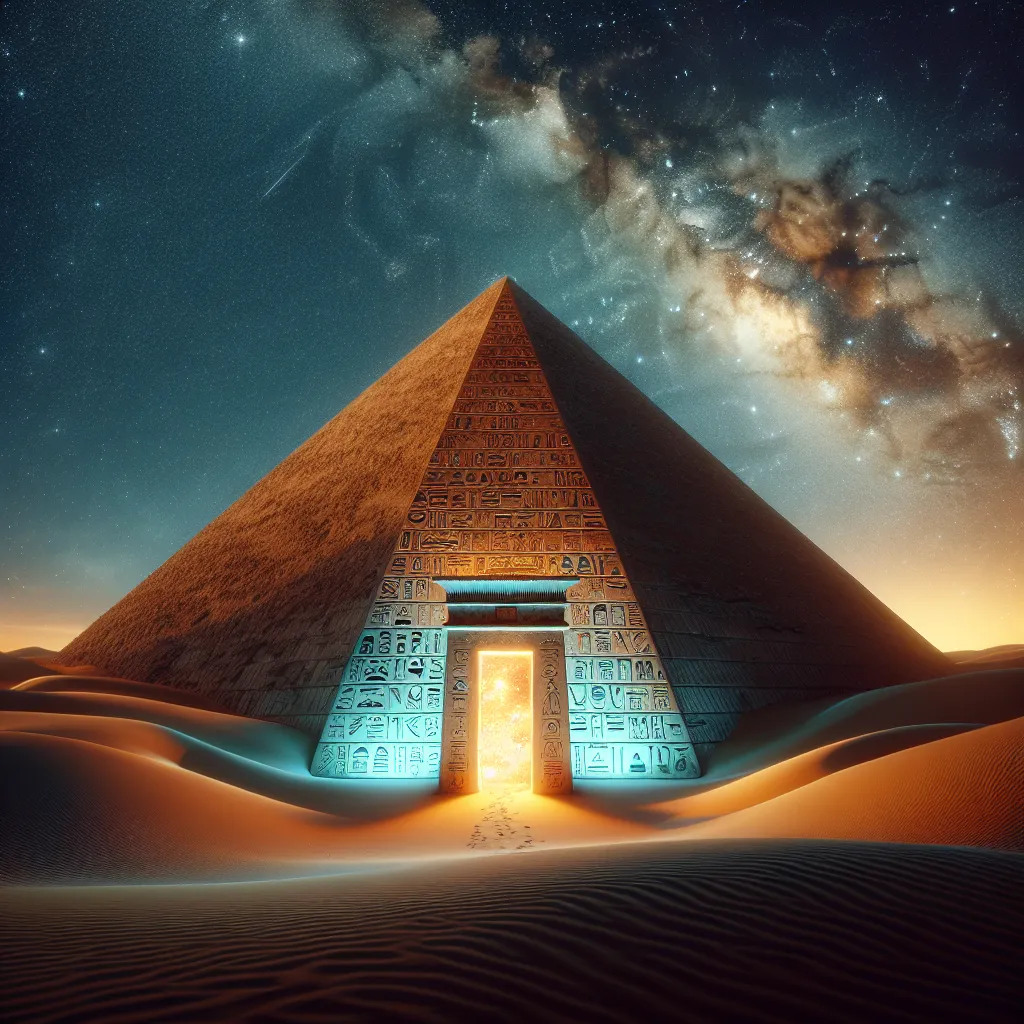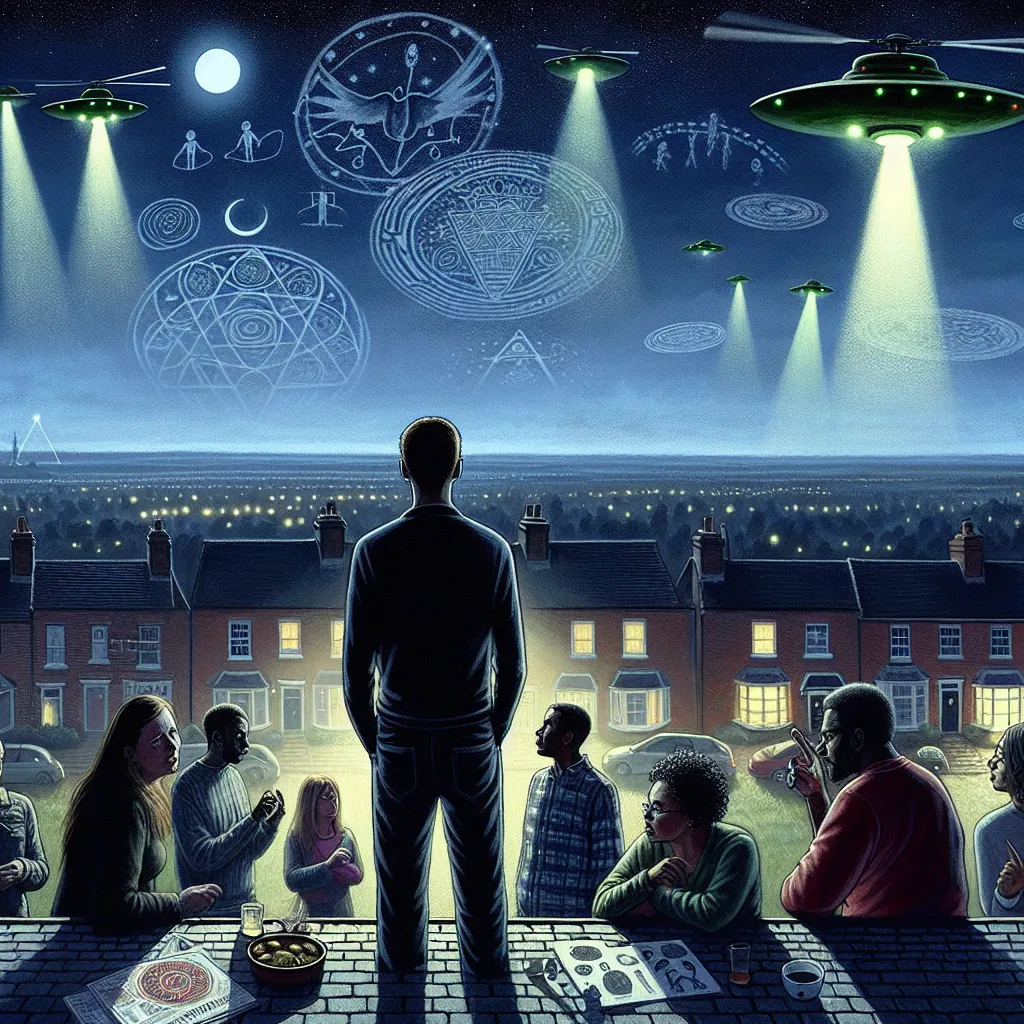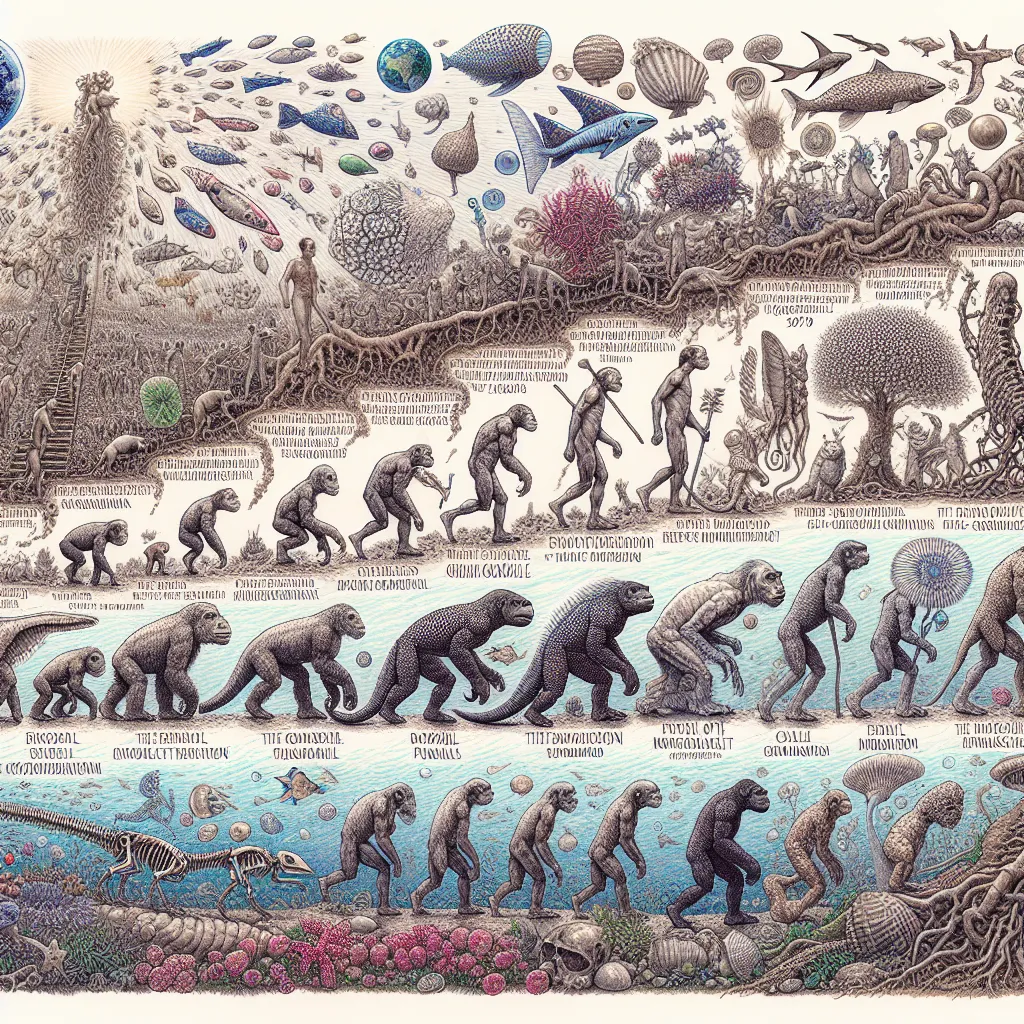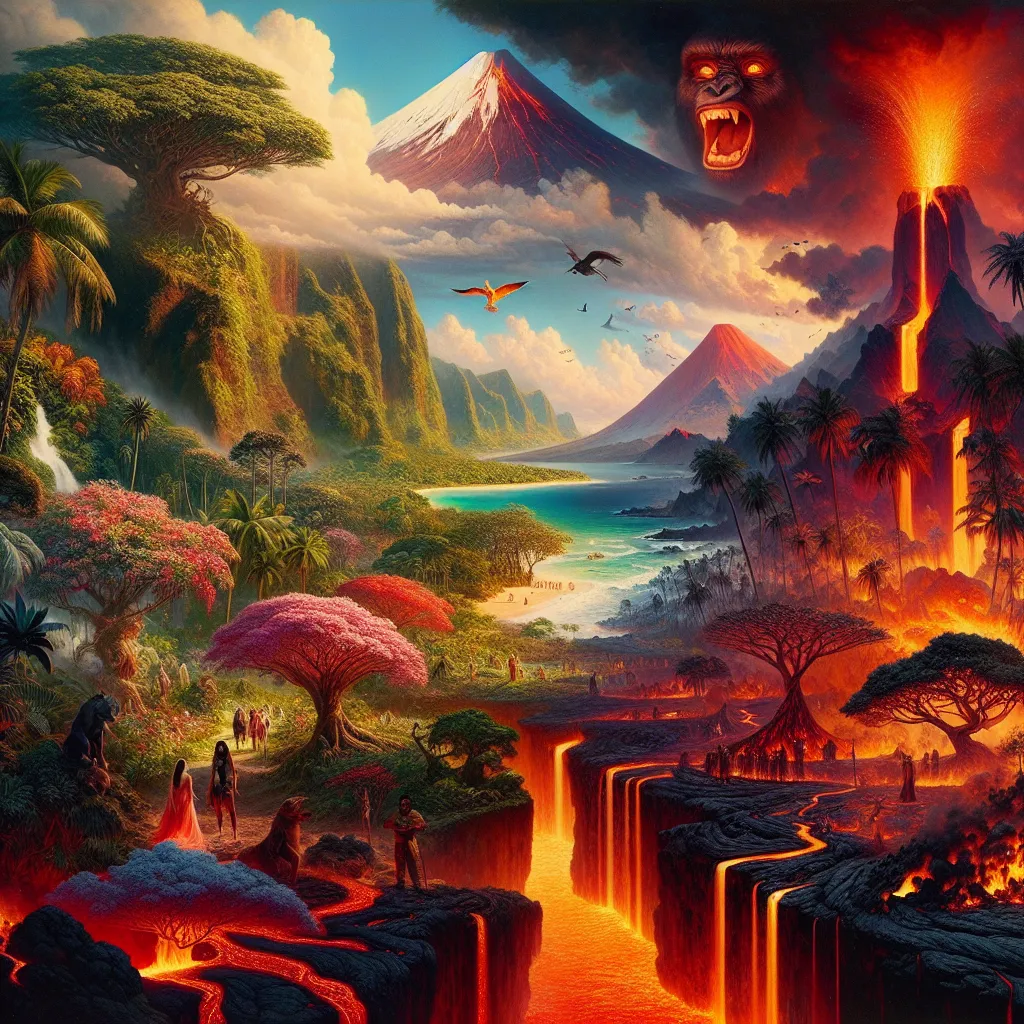The ancient Egyptians dedicated immense energy and manpower to building the pyramids, and it’s a puzzle that has intrigued archaeologists for years. The question of why thousands of men were brought from across the country to work on these monumental structures has led to many theories. One of the biggest mysteries is understanding the true purpose of these pyramids.
During medieval times, people believed the pyramids were enormous granaries linked to the biblical figure, Joseph. However, modern Egyptologists think differently. They believe the pyramids were built as tombs for Pharaohs, some of the most magnificent tombs ever conceived. It’s perplexing that despite centuries of tomb raiding, no remains of Pharaohs have ever been found inside these pyramids. Even in the “burial chamber” of the Great Pyramid of Khufu, no mummy has been discovered.
Dr. Hawass is a firm believer that the pyramids were tombs created for Pharaohs, citing plenty of written evidence. Inscriptions and ancient literature suggest these great monuments were indeed built as final resting places for kings. But the purpose might go beyond just being a burial site. Inside some pyramids, there is evidence pointing to a more mystical role.
The pyramids were not just tombs but gateways to the stars. The Egyptians invested heavily in constructing these stone giants, which rank among the world’s greatest monuments. Though initially, the true importance of these structures remained a secret for centuries, a chance discovery in 1879 began to unravel their mysteries.
A workman at the Saqqara pyramids spotted a jackal at dawn, which seemed to beckon him. Following the animal, he stumbled into a hidden chamber filled with hieroglyphs. These writings, known as Pyramid Texts, are some of the oldest religious texts from Egypt and offer insight into the purpose behind the pyramids’ construction.
Jim Allen, an expert on these texts, explains that while they don’t reveal how the pyramids were built, they do show that the pyramids’ primary purpose was not just as resting places. Instead, these structures were like cosmic engines designed to transform deceased Pharaohs into gods. When a Pharaoh died, ancient Egyptians believed that all of Egypt faced potential chaos. Even in death, a Pharaoh had the duty to protect his country from threats like drought and famine.
Pharaohs were buried with all the essentials they’d need for the afterlife—food, clothes, jewels, and treasures. Salima Ikram, who studies ancient Egyptian beliefs, clarifies that the afterlife was imagined to be a superior version of this life. Everything desired in this life could be enjoyed in the next, provided it was placed in the tomb.
The Pyramid Texts detail the rituals performed over the Pharaoh’s mummified body to aid his journey to the afterlife. They include spells and prayers meant to protect him. For the Egyptians, magic was a fundamental part of the universe, a “science of survival” rather than mere superstition.
After completing these rituals, the pyramid was sealed, intended to remain unopened for eternity. With the rituals done, the Pharaoh’s journey to the afterlife would begin, transforming him into an eternal star.
So, the pyramids were not just grand tombs but also spiritual machines meant to safeguard Egypt through the divine transformation of their kings. They stand as a testament to the Egyptians’ belief in the afterlife and the lengths they went to ensure their Pharaoh could protect them forever.






